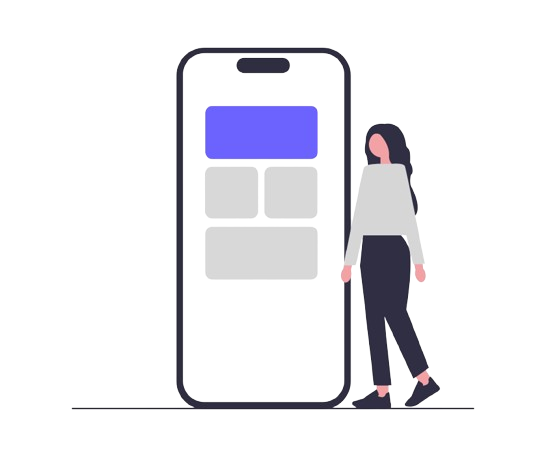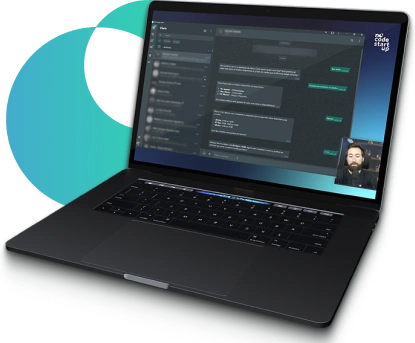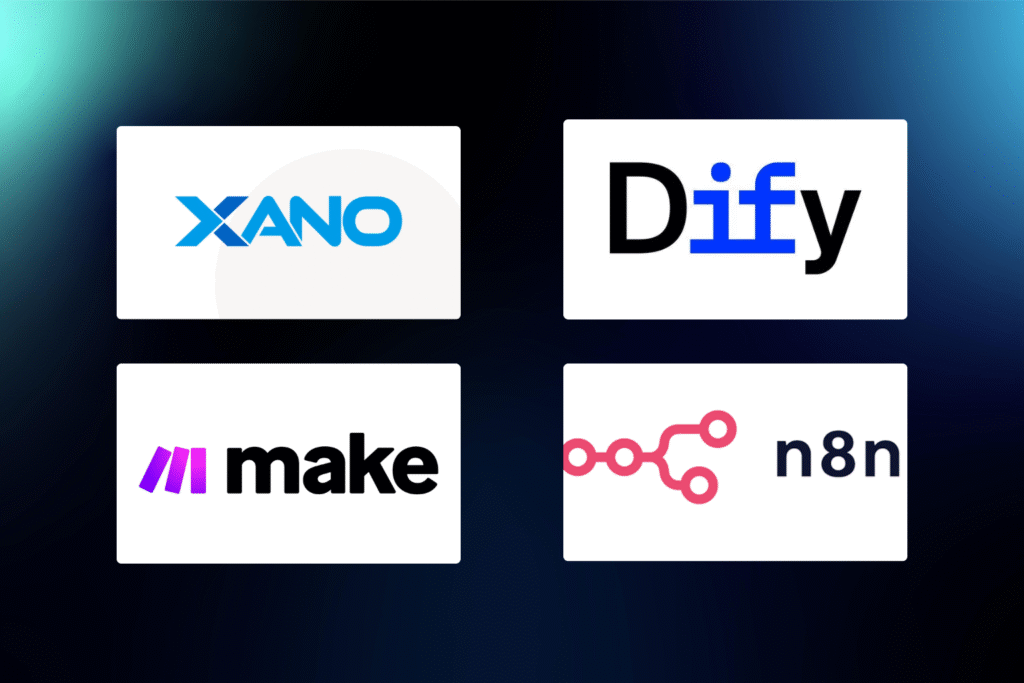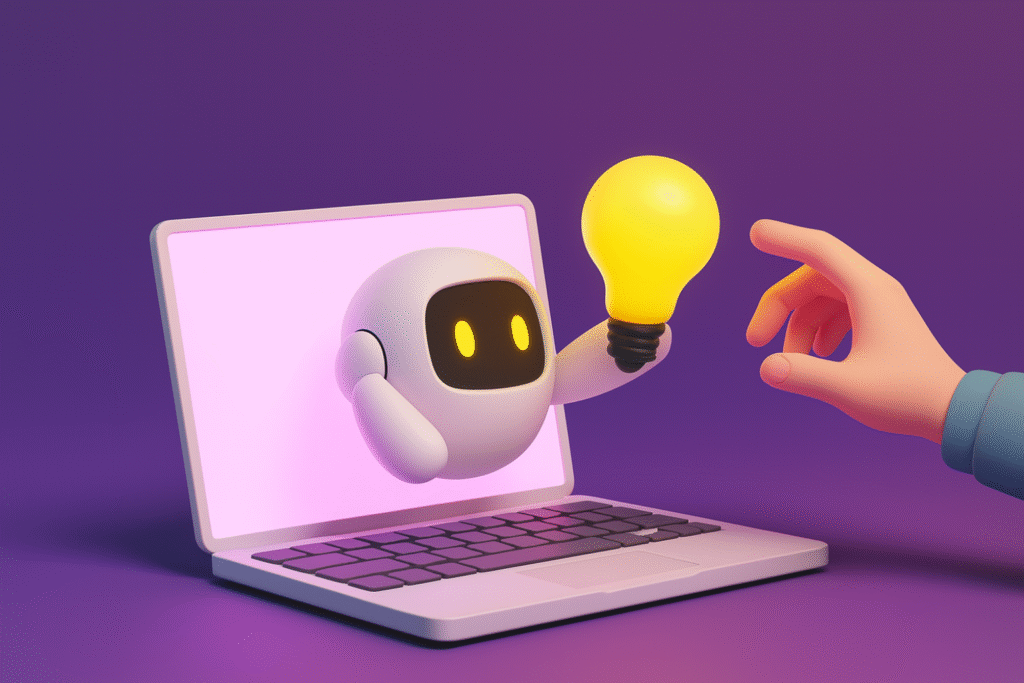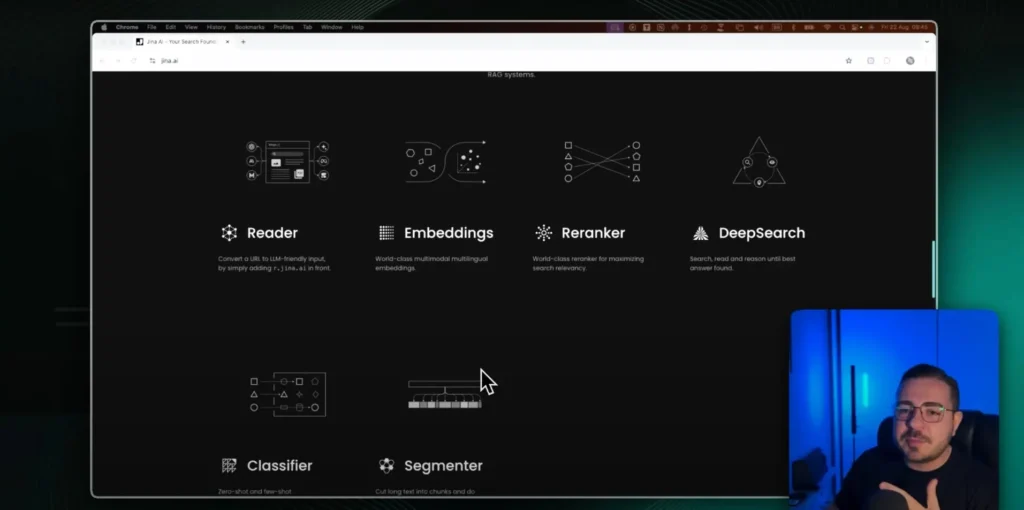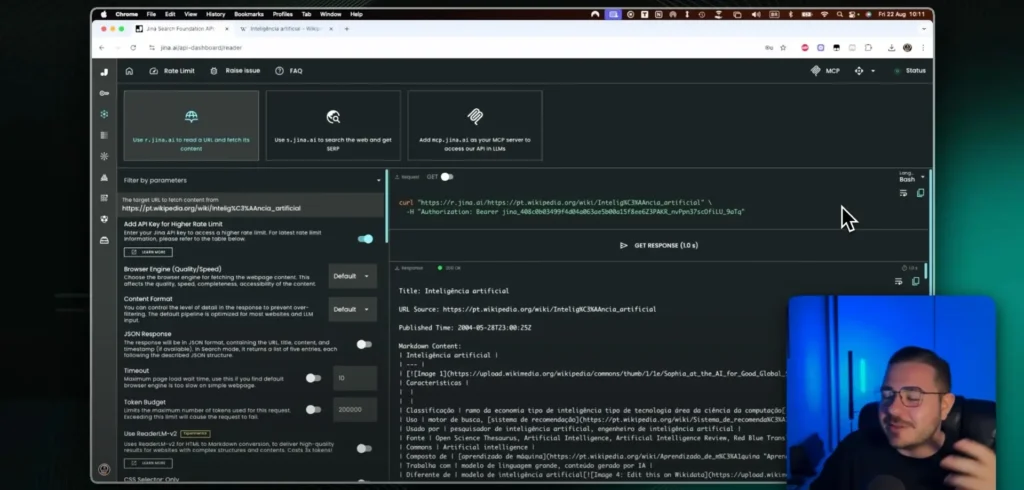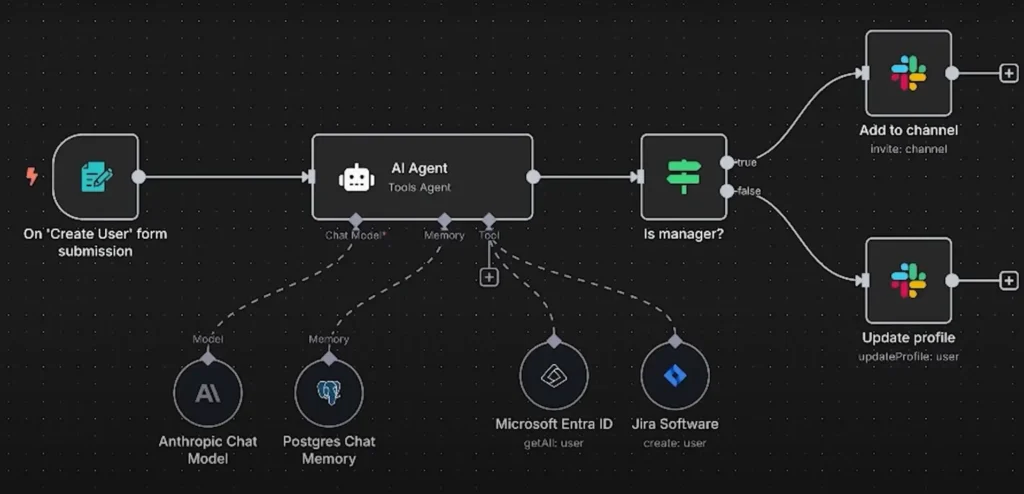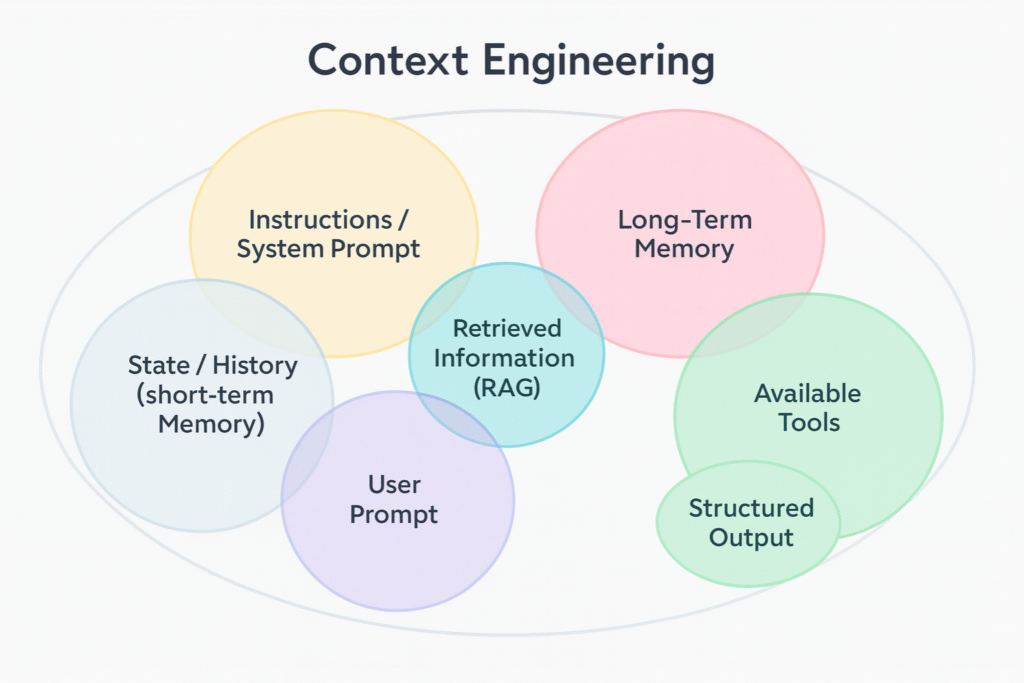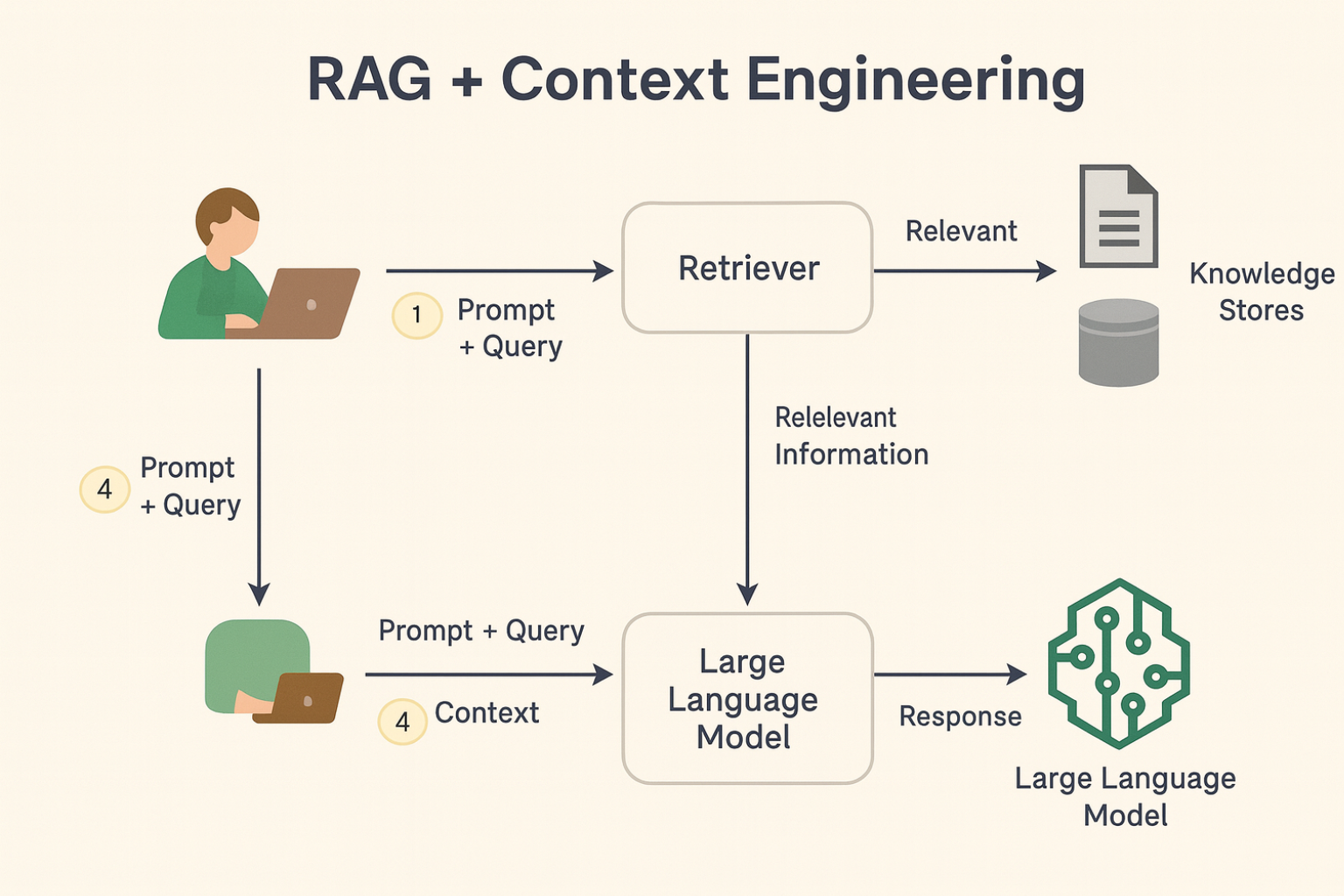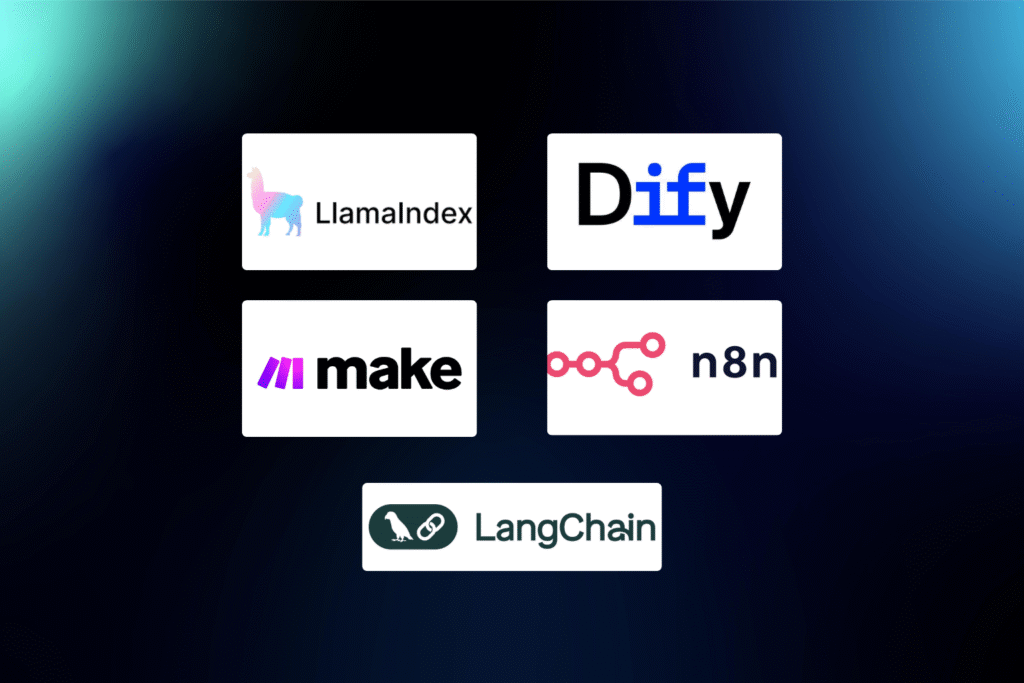Estimated reading time: 7 minutes
Building an AI app is one of the most exciting and transformative endeavors in the world of app development. And there’s a good reason for that.
AI can elevate your app idea, offering users an enhanced experience through intelligent automation and intuitive features.
If you’re eager to build an AI-powered app but don’t know where to start, you’ve come to the right place. This guide will walk you through the entire process, from defining your goals to final implementation.
1. Set goals for your AI application

Before diving into development, the most critical step is to define clear goals for your AI application.
Your goals serve as a roadmap, keeping your development process on track and ensuring everyone involved is aligned with your vision.
Start by defining the core problem your app will solve for your users.
For example, Grammarly's goal is straightforward: to provide real-time grammar and style corrections to improve users' writing.
This clarity ensures that every aspect of application development remains focused and purpose-driven.
Once your main goal is defined, it’s time to establish key performance indicators (KPIs) to measure the success of your AI application.
Your KPIs should follow the SMART framework (specific, measurable, attainable, relevant, time-bound).
Additionally, set clear development and implementation milestones to keep your project on track.
This becomes much easier if your team follows an agile development approach like Scrum, which promotes rapid, iterative progress.
Don’t forget to assess your resources, ensuring that your infrastructure can handle the demands of training and maintaining AI models — tasks that typically consume significant computing power.
2. Choose the right tools and frameworks
The success of your AI application can be achieved with the following best tools NoCode, which allows the creation of robust solutions without the need for advanced coding.
These platforms democratize access to AI by offering intuitive interfaces and automating complex model development and training processes.
Some of the most popular NoCode tools are:
- Bubble: A powerful platform for building web applications without coding. With integrations for AI and automation, it lets you easily develop custom, scalable solutions.
- Make Integromat: Ideal for automating workflows and connecting different services. For AI, it can be used to process data and integrate machine learning tools, simplifying complex tasks.
- Flutterflow: A platform focused on creating mobile applications quickly and intuitively. Based on Flutter, it allows users to develop applications for Android and iOS without the need for complex coding, in addition to offering integration capabilities with AI, automation and databases, allowing the creation of robust solutions.
Additionally, platforms like Google Cloud AutoML and Azure AI offer NoCode interfaces for teams that need AI solutions without dealing directly with code.
3. Collect and prepare data
Data is the fuel that powers your AI application, and the quality of your data determines the performance of your model. High-quality data should always be prioritized over quantity.
Start by selecting the right datasets for your AI model. Public datasets are often a great place to start.
For example, Common Crawl is a large open repository of web data, and platforms like Kaggle and AWS Data Exchange offer a variety of data sets for specific needs.
Once you have gathered your datasets, they need to be cleaned, preprocessed, and organized into a format suitable for training your model.
By taking care of data collection and preparation, you will lay a solid foundation for developing an effective AI model.
4. Design and train your model for your AI application
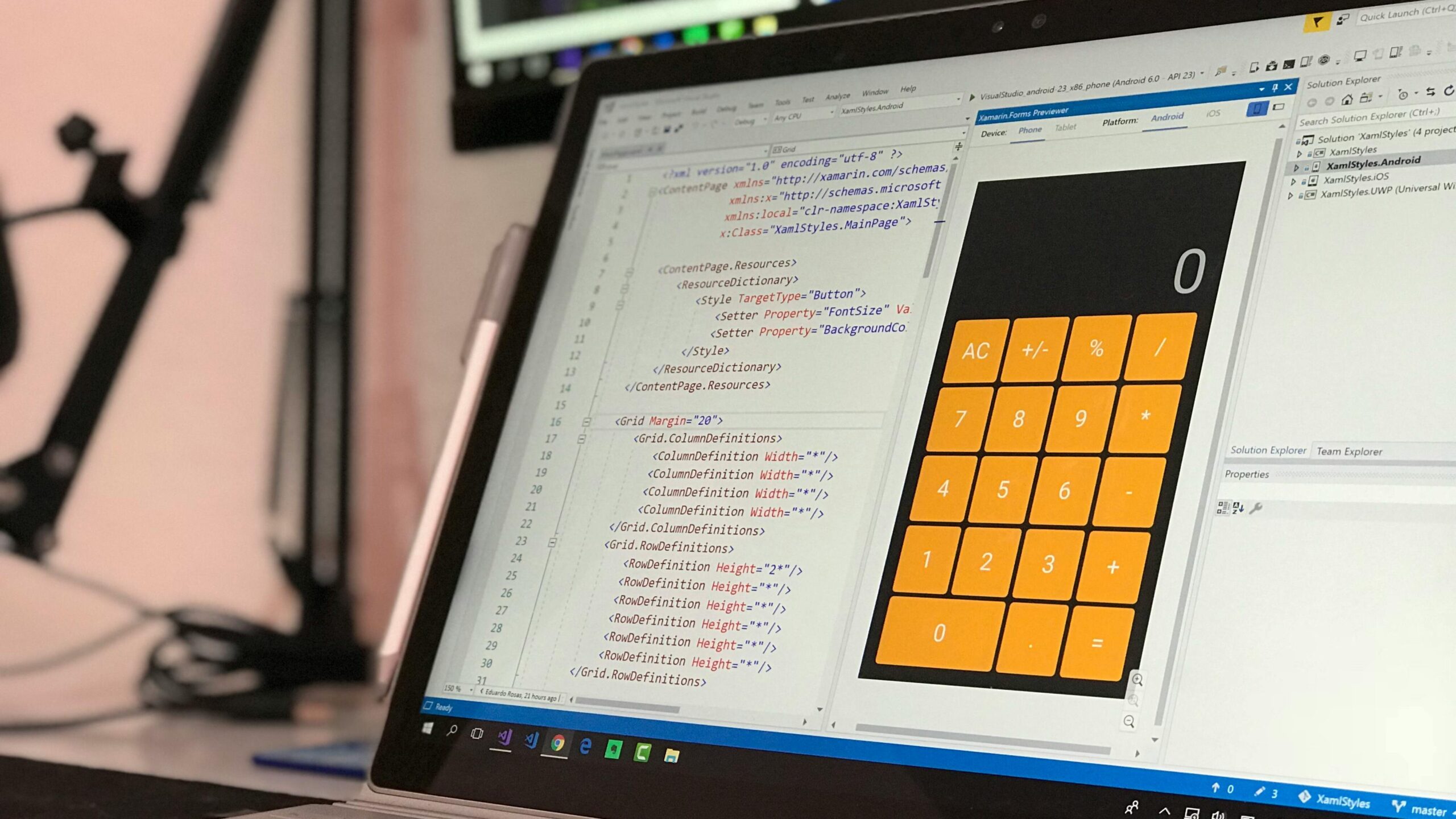
With your data ready, the next step is to design and train your AI model. The model is the core of your AI application, so getting this step right is essential.
First, choose the appropriate training approach based on your project needs. The main options are:
- Supervised learning: Best for tasks where labeled data is available, such as image recognition.
- Unsupervised learning: suitable for more dynamic tasks, such as recommender systems.
- Reinforcement learning: Ideal for models that need to learn through feedback, such as natural language processing (NLP) models.
Next, choose your model architecture, popular options are Convolutional Neural Networks (CNNs), Recurrent Neural Networks (RNNs), or Generative Adversarial Networks (GANs), depending on the task at hand.
After training, evaluate the performance of your model using the KPIs you defined earlier. If everything is correct, you are ready to integrate the model into your application.
5. Integrate the AI model into your application
Integrating the AI model is a critical step in developing your application.
This is where your AI model transitions from theory to practice, leveraging real-time capabilities that users will interact with.
Decide whether the AI model will run on the frontend or backend of your application, depending on its purpose. You’ll also need to choose between cloud-based or on-device processing.
Finally, make sure your app includes a feedback loop, allowing users to provide feedback on the AI’s performance, helping you refine and improve the model over time.
6. Test and Optimize: Improve Your Development Process

Even after implementation, your AI application is a work in progress.
AI models need to be regularly trained and improved as new data becomes available to avoid model drift and keep the application performing optimally.
The main testing phases include:
- Unit testing: Ensures that the individual components of your application work as expected.
- Integration testing: Tests how the AI model interacts with other components.
- User acceptance testing: Engages real users to ensure that your AI application meets their needs.
So by continually testing and refining your app, you’ll keep it relevant and functional in the long run.
Building an AI app can take your software to the next level, offering cutting-edge features that users will love. However, the development process requires careful planning and execution.
Follow this step-by-step guide and you’ll be well on your way to creating an AI application that stands out in the competitive technology landscape.
So if you’re ready to bring your AI app idea to life, let us help! Come be a part of the NoCodeIA Training.
